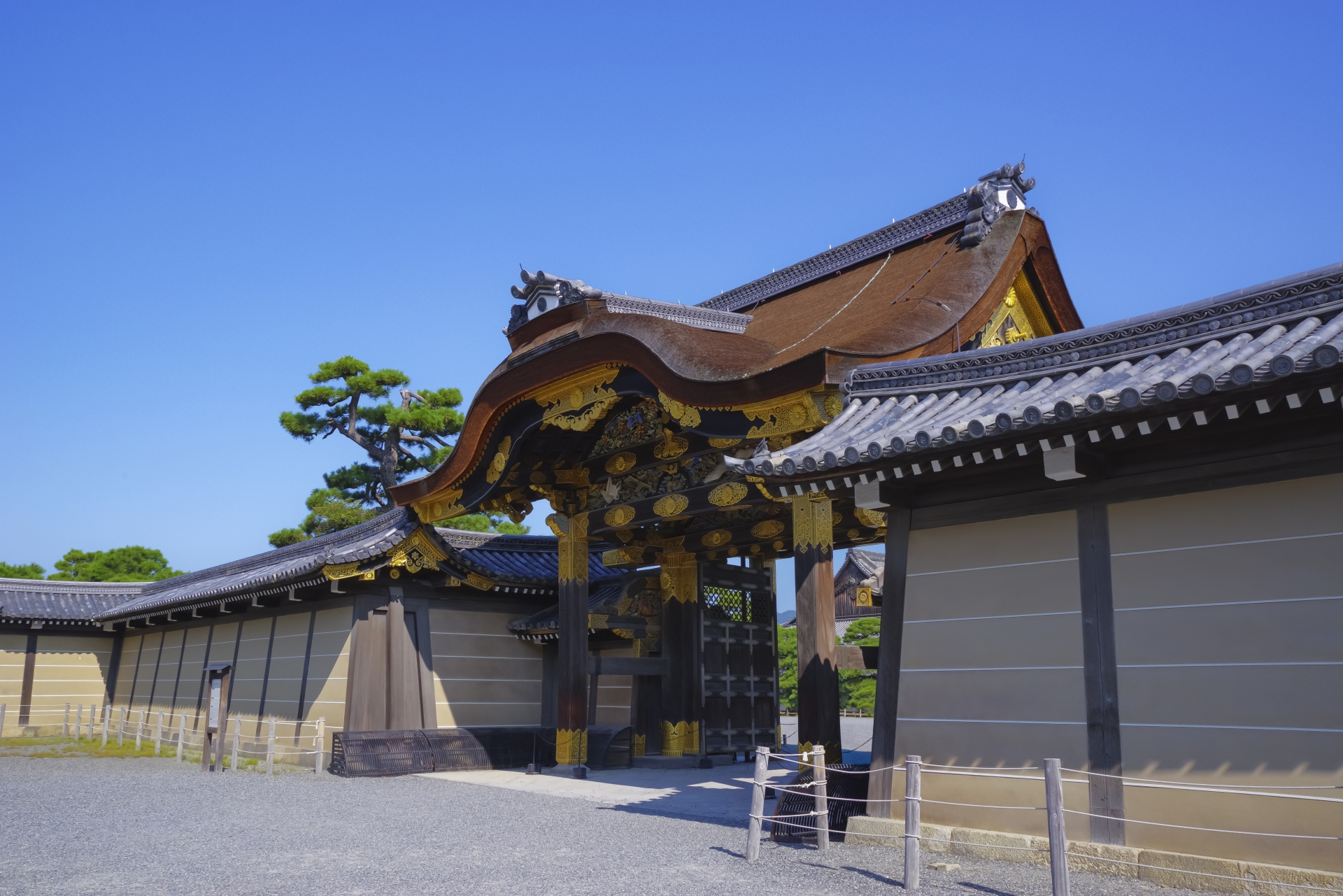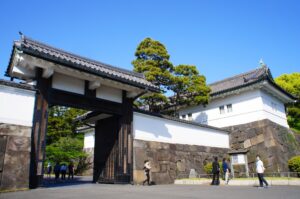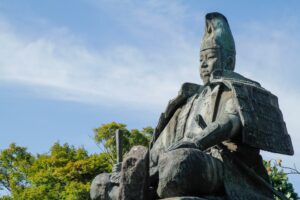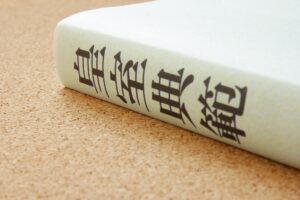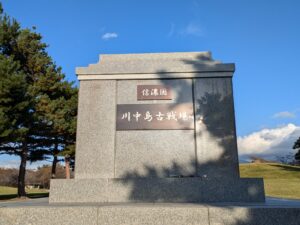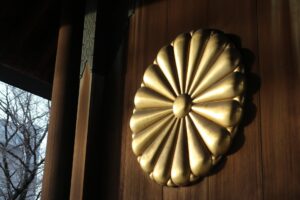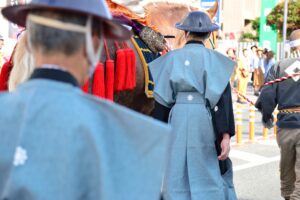This guide breaks down the meaning and origins of the Japanese word “bakufu,” clarifies how it maps to “shogunate,” and gives you quick, visual comparisons across Japan’s three major bakufu eras. Perfect for students, travelers, and fans of Japanese period dramas.
What Does “Bakufu” Mean? Literal Translation, Pronunciation, and Usage
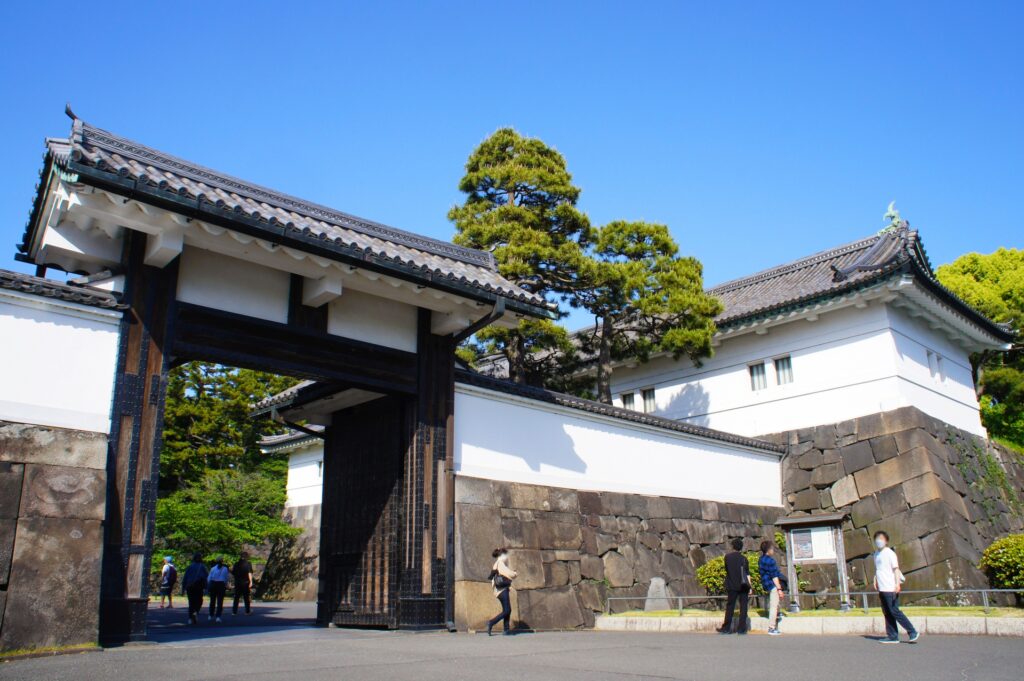
“Bakufu” (幕府) is a Japanese term that refers to Japan’s military government headed by the shogun—the de facto ruler who commanded samurai and controlled day‑to‑day governance. In English‑language history writing, the closest, most common gloss is “shogunate.” The word itself literally combines 幕 (maku/baku = curtain, tent) and 府 (fu = office, government), evoking a “tent government.” The imagery points back to a battlefield headquarters set up under a command tent, which later solidified into a permanent governing apparatus. In other words, an emergency field command evolved into an institution: the shogun’s governing machine.
For pronunciation, the IPA is [ˈba.kɯ.fɯ]. A simple tip for English speakers: say “BAH‑koo‑foo,” keeping the u short and unrounded (more like the u in Japanese than the English “oo”). Stress falls naturally on the first syllable BA‑ in most English contexts, and each vowel is pronounced—ba‑ku‑fu—with no silent letters.
In English prose, write bakufu in lowercase unless it’s part of a proper noun (e.g., Tokugawa Bakufu). You’ll see “bakufu” and “shogunate” used nearly interchangeably in general histories; scholars sometimes pick “bakufu” when they want to emphasize the administrative machinery rooted in military command rather than the title of the ruler.
Common confusion to avoid: bakufu (幕府) vs. bakumatsu (幕末). The former is the military government; the latter means the “end of the shogunate”—the late 1850s–1860s period when the Tokugawa order unraveled.
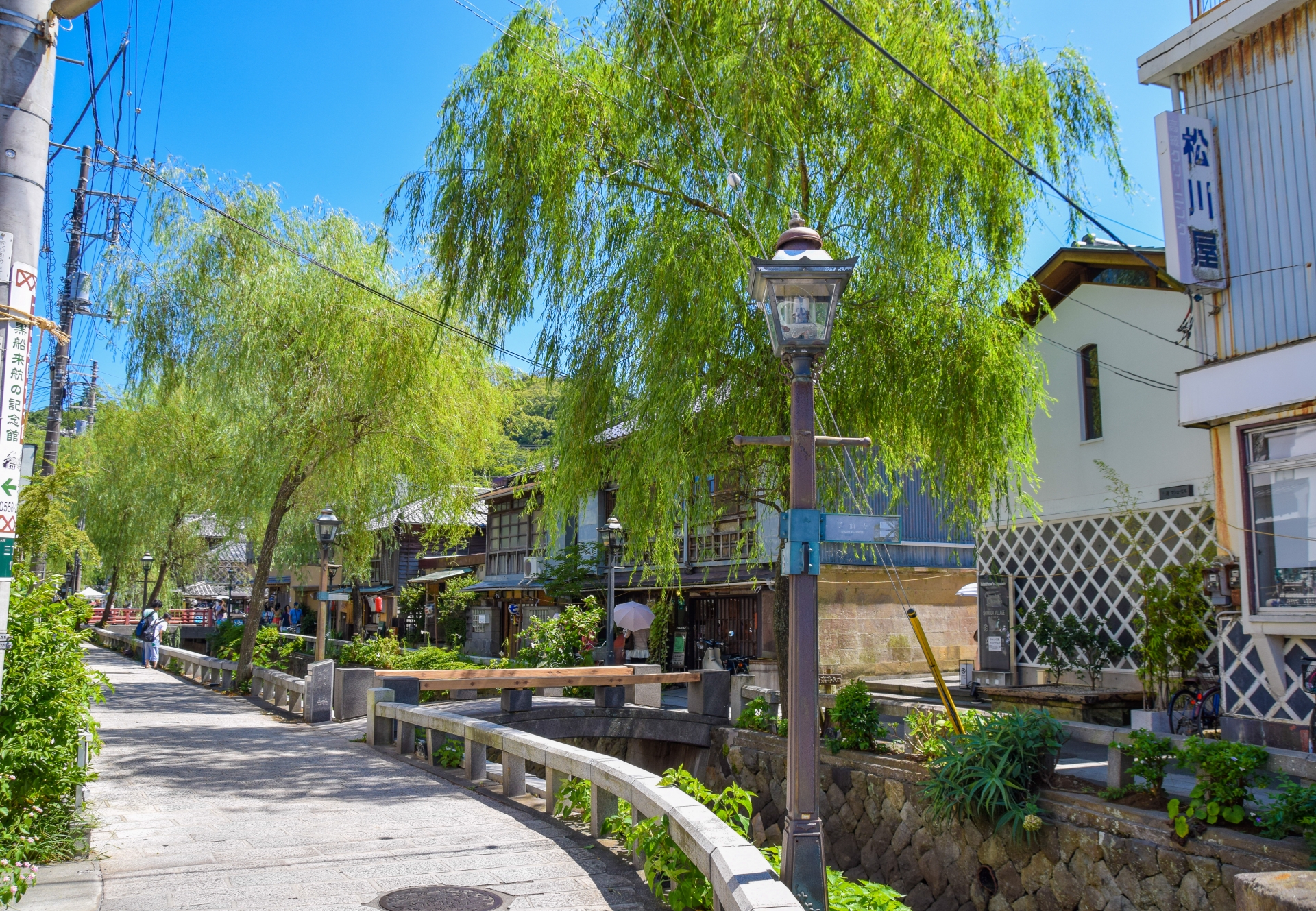
A One-Minute Timeline: The Three Major Bakufu Eras
Japan’s history features three major bakufu regimes. First came the Kamakura Bakufu (1192–1333), founded by Minamoto no Yoritomo with its power base in Kamakura on the Kantō plain. Next, the Muromachi or Ashikaga Bakufu (1336–1573), centered in Kyoto’s Muromachi district, arose under Ashikaga Takauji during a time of divided courts and powerful regional lords. Finally, the Tokugawa or Edo Bakufu (1603–1868), founded by Tokugawa Ieyasu and headquartered in Edo (modern Tokyo), ushered in two and a half centuries of relative peace, strict social order, and managed foreign relations.
These eras can be skimmed at a glance: Kamakura stabilized warrior rule and produced legal codes for samurai; Muromachi struggled with fractured authority and constant power‑brokering among daimyo; Tokugawa welded a centralized warrior bureaucracy to a network of semi‑autonomous domains, using policies like sankin‑kōtai (alternate attendance) to keep daimyo loyal. The three share the lineage of military governance yet differ markedly in institutions, law, and foreign posture.
Quick Table
| Era | Years | Power Base | Signature Feature |
| Kamakura (Minamoto) | 1192–1333 | Kamakura | Warrior law (Goseibai Shikimoku), emergence of samurai government |
| Muromachi (Ashikaga) | 1336–1573 | Kyoto (Muromachi) | Kanrei & shugo‑daimyo politics; culture flourishing amid conflict |
| Edo (Tokugawa) | 1603–1868 | Edo (Tokyo) | Bakuhan system, Buke Shohatto, long peace & regulated foreign ties |
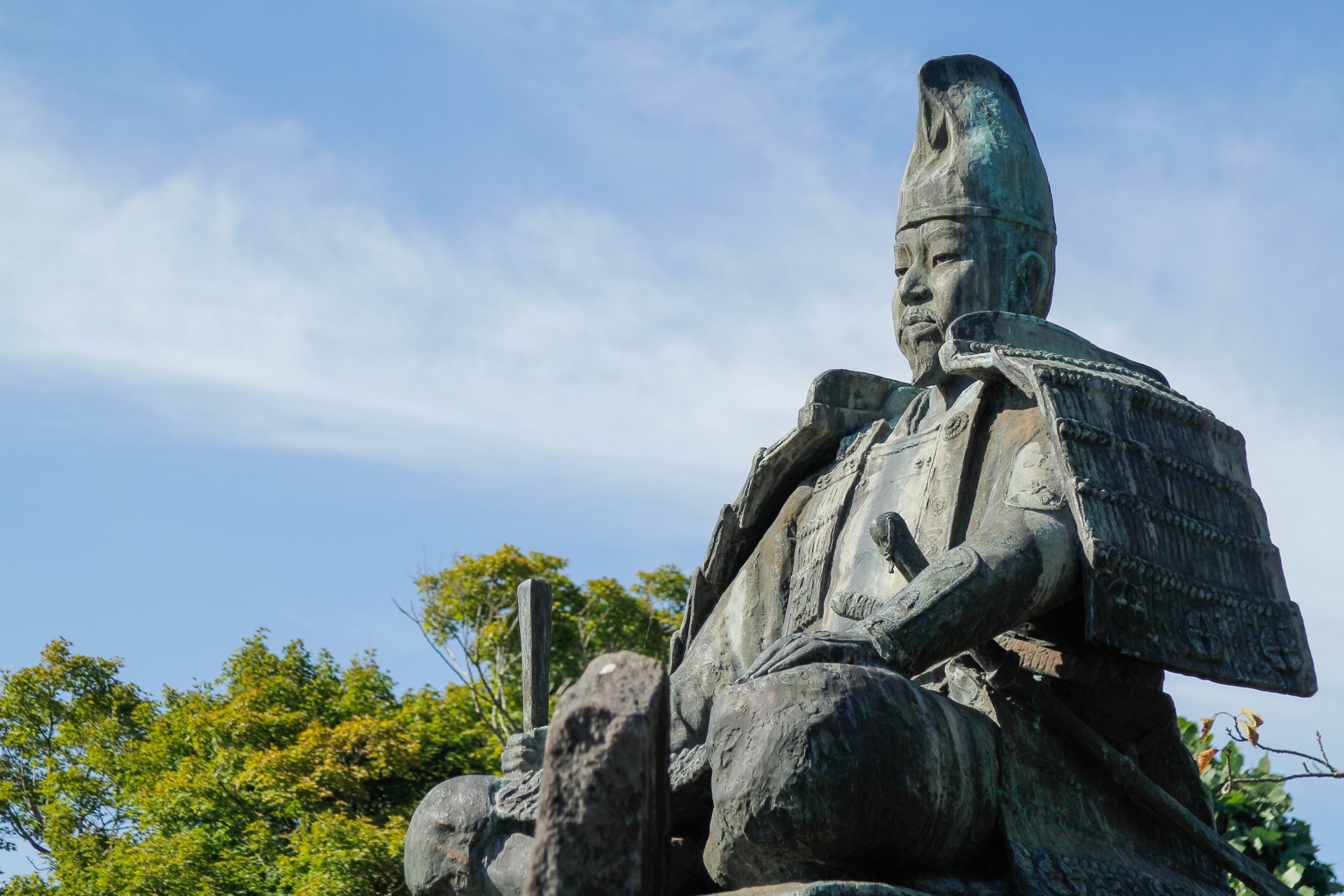
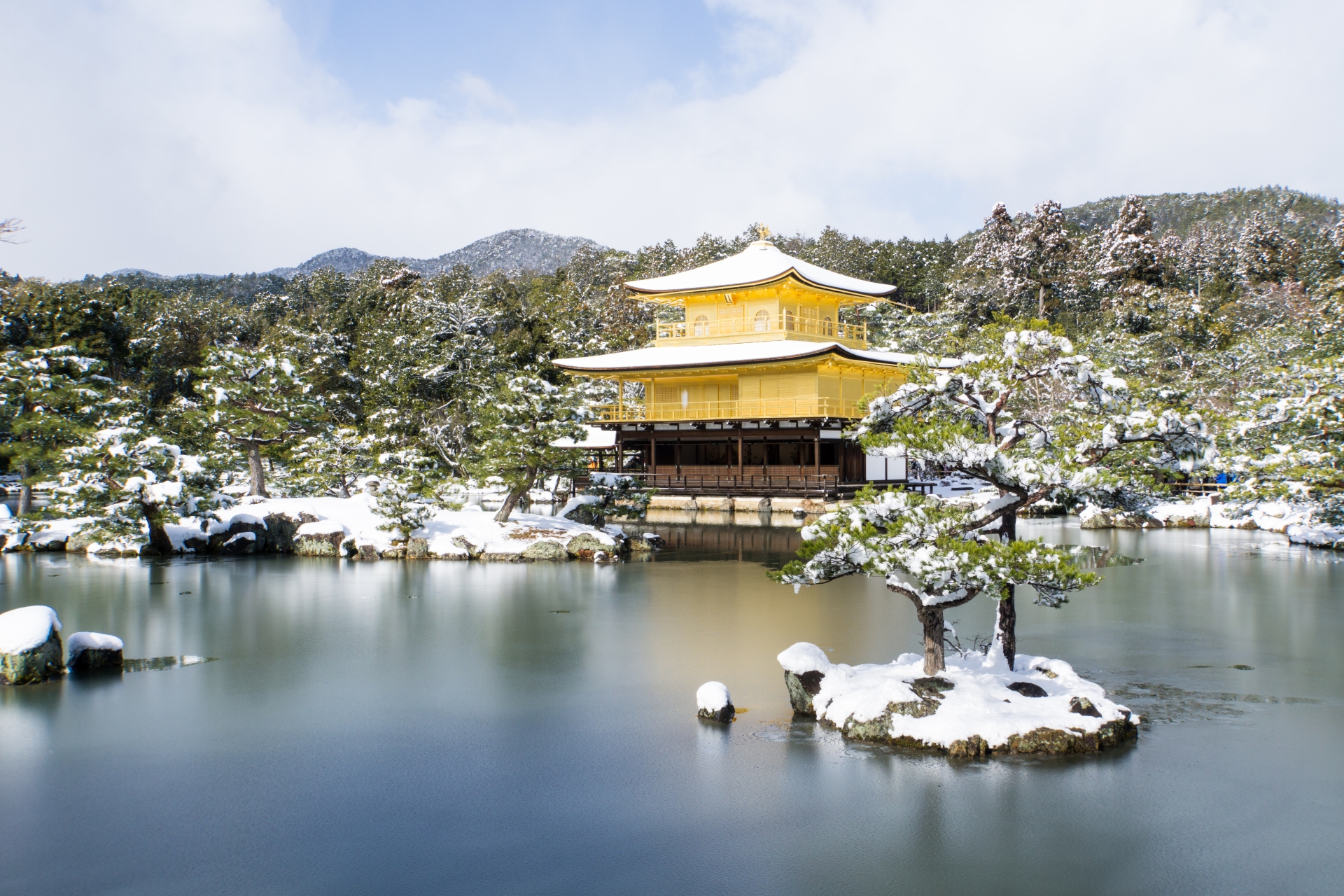

Visual: Quick-Compare Table of the Three Bakufu
Use this side‑by‑side to cement the differences. It foregrounds founders, governing centers, hallmark institutions, foreign posture, key laws, and signature conflicts. Skim the bullets in each cell to orient yourself quickly; then dive deeper into the terms below if you need more.
| Category | Kamakura | Muromachi (Ashikaga) | Tokugawa (Edo) |
| Founding leader | • Minamoto no Yoritomo | • Ashikaga Takauji | • Tokugawa Ieyasu |
| Governing center | • Kamakura | • Kyoto (Muromachi) | • Edo (Tokyo) |
| Key institutions | • Shikken (regent); Samurai law code | • Kanrei (deputy); Shugo‑daimyo alliances | • Rōjū (senior council); Bugyō magistracies |
| Foreign policy | • Defensive vs. Mongols | • Limited regional ties | • Managed trade; later restrictions |
| Signature law | • Goseibai Shikimoku | • House laws of clans | • Buke Shohatto (warrior edicts) |
| Notable conflict | • Mongol invasions (1274/1281) | • Ōnin War (1467–77) | • Late crises → Bakumatsu |
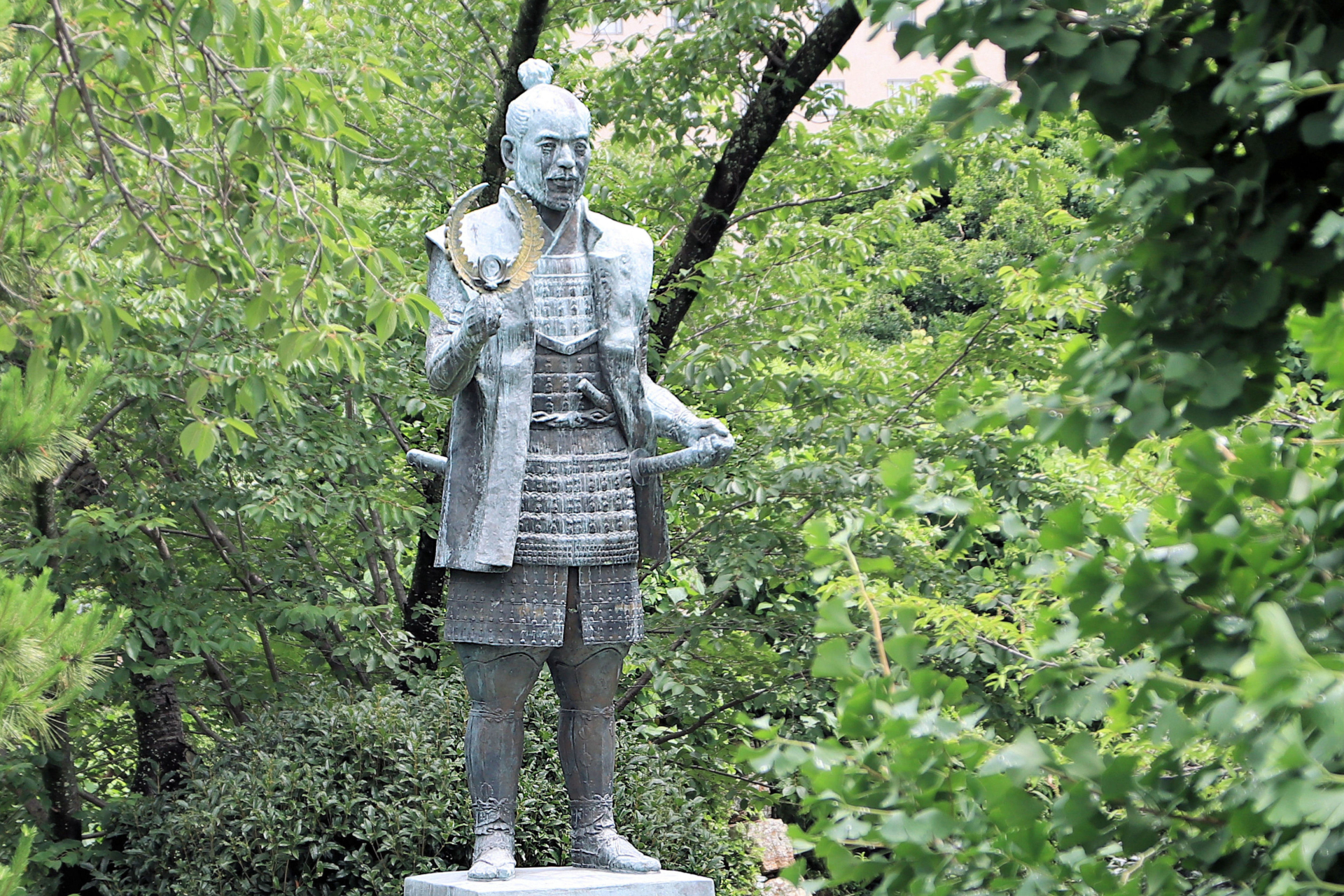
Bakufu vs. Shogunate: Are They the Same?
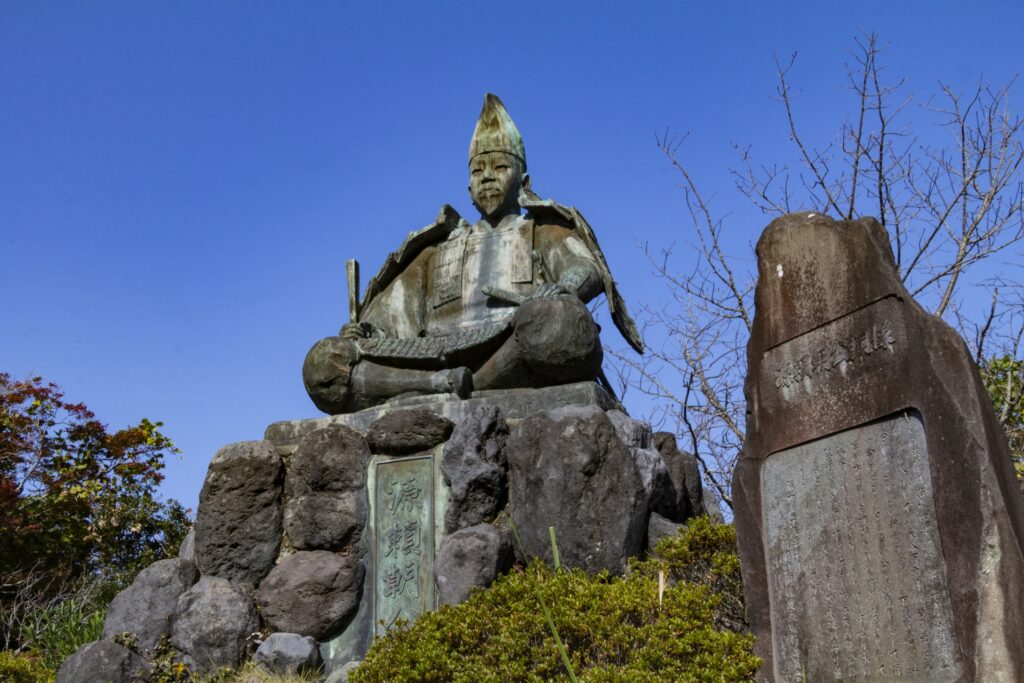
In everyday English‑language histories, “bakufu” and “shogunate” refer to the same thing: Japan’s military government led by the shogun. That said, there is a nuance worth remembering. The term bakufu highlights the governing apparatus—the administrative “tent” that grew from battlefield command into a bureaucratic machine. By contrast, shogunate is the standard English label that foregrounds the ruler’s title (shogun) and the political order that title implies.
Which term should you use? For academic writing or translations that want to stay close to Japanese usage, bakufu can signal institutional texture: councils, magistrates, codes, and domain control mechanisms. For general audiences, shogunate is more familiar and perfectly correct. In pop culture and media (from prestige dramas like Shōgun to historical anime), both show up; choose the one that matches your audience’s expectations while keeping meaning accurate. In short, you won’t be wrong saying “Tokugawa shogunate,” but “Tokugawa bakufu” subtly points the reader to the inner workings of government.
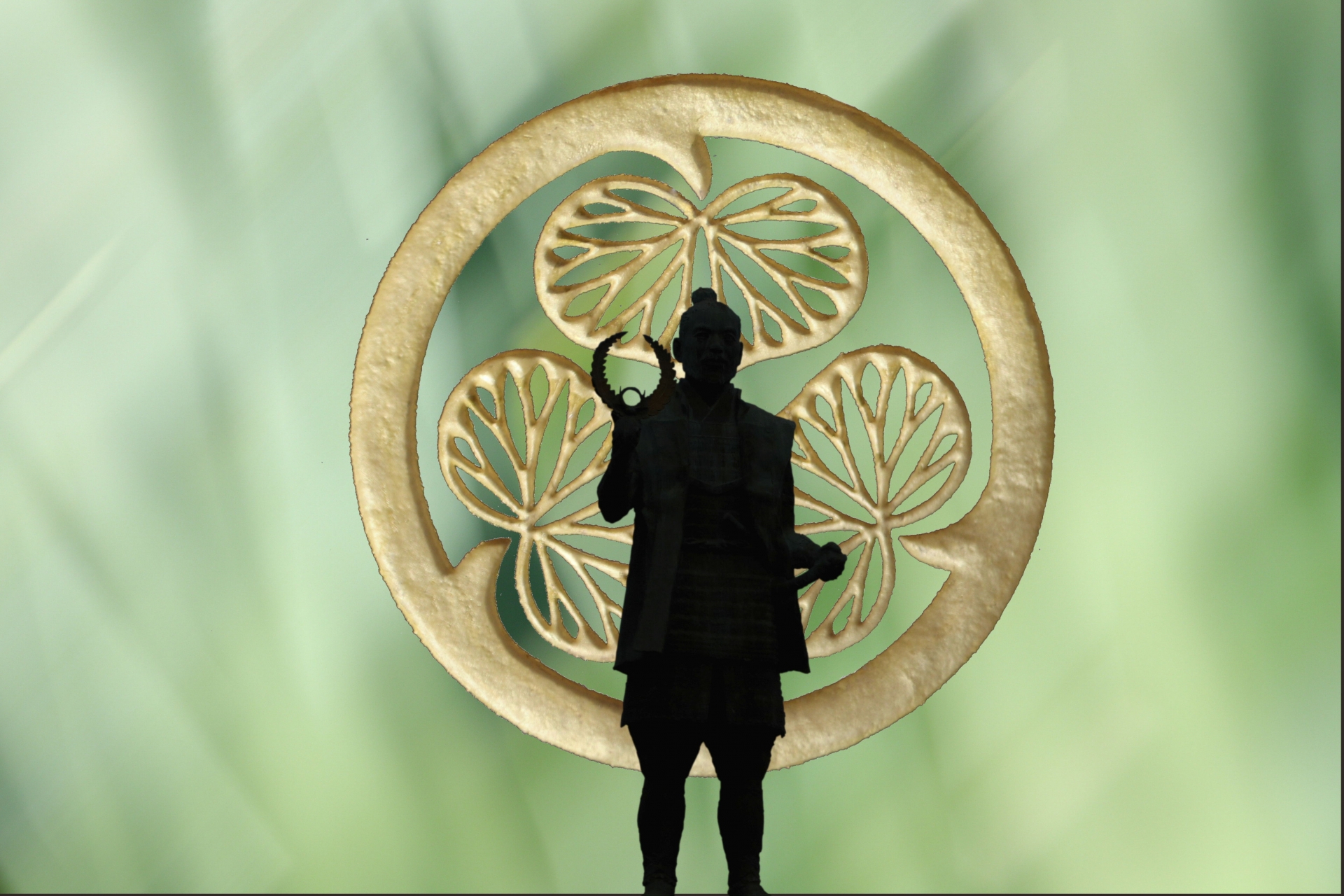
How the Bakufu Coexisted with the Emperor and Court
Japan’s political order for much of the medieval and early‑modern periods featured dual authority. The Emperor and Imperial Court (朝廷) in Kyoto held symbolic and ritual legitimacy, maintained court ranks and ceremonies, and conferred titles. Meanwhile, the bakufu exercised executive and military control, including policing, taxation enforcement, adjudication of warrior disputes, and the management of daimyo. The two spheres often intertwined: shoguns sought imperial sanction to bolster legitimacy, while the court relied on the bakufu’s resources for practical governance in the provinces.
A useful way to visualize the relationship is as parallel columns of authority with points of connection. Edicts and rituals flowed from the court to affirm order, while the bakufu’s councils operationalized policy across domains. In the Edo period, for example, certain reforms and codifications might carry an imperial imprimatur yet were enforced through shogunal magistrates and domain officials—illustrating how legitimacy and execution met.
Bakufu vs. Imperial Court (朝廷): Key Differences Clearly Explained
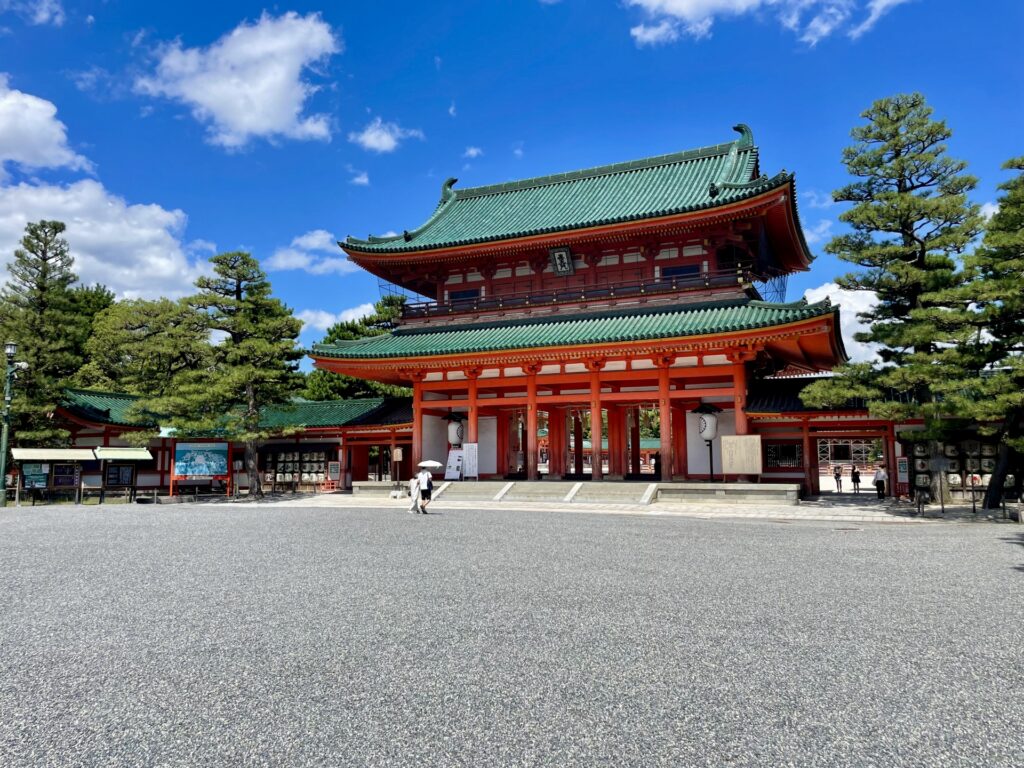
The Imperial Court (朝廷), centered on the Emperor in Kyoto, embodied historical legitimacy, ritual authority, and aristocratic rank structures. Its power drew from tradition, ceremony, and the conferral of titles and court law. The bakufu, by contrast, was a military‑administrative regime under a shogun, staffed by warrior officials who managed policing, justice, taxation, and domain control. Both coexisted, but they operated on different foundations of authority and different toolkits of governance.
At‑a‑Glance Comparison
| Dimension | Imperial Court (朝廷) | Bakufu (幕府) |
| Legitimacy source | Sacred lineage, ritual sanction | Military power, samurai hierarchy |
| Leadership | Emperor & court nobles | Shogun & warrior bureaucracy |
| Jurisdiction | Ceremonial law, ranks, diplomacy formalities | Policing, taxation, military, regional control |
| Decision‑making | Court deliberation & precedent | Councils (e.g., rōjū), magistrates (bugyō) |
| Revenue base | Court stipends, estates (kuge holdings) | Domain levies, fees; costs enforced via sankin‑kōtai |
Concrete Edo‑period example: The Buke Shohatto (Laws for the Military Houses) defined daimyo conduct and required imperial acknowledgment in certain contexts to anchor legitimacy; yet enforcement ran through the Tokugawa bakufu’s bureaucratic machinery—rōjū, bugyō, and inspectors—who monitored domains and imposed penalties. This pairing shows how ritual sanction and executive control formed a two‑part system.
Inside the System: From Bakufu to Bakuhan (幕藩体制)
During the Tokugawa (Edo) period, the political order is often described as the bakuhan system—a hybrid in which the central shogunal government (bakufu) coordinated and constrained semi‑autonomous domains (han) ruled by daimyo. The bakufu established uniform rules for the warrior class, regulated castle building, and controlled foreign relations, while domains handled local administration. Two key levers cemented the system: the Buke Shohatto (warrior edicts) and sankin‑kōtai (alternate attendance), which required daimyo to spend time in Edo and maintain costly residences there.
In this context, you may see “Baku” used as a shorthand for bakufu in some sources, especially in discussions of central policies versus domain affairs. The balance was dynamic: the center coordinated, audited, and sometimes intervened; domains managed day‑to‑day local governance within bounds. The result was long peace, codified status systems, and a web of obligations tying local power to central oversight.
Key Offices and Terms You’ll See with “Bakufu”
- Shogun(将軍) — The military ruler; de facto head of state in bakufu eras, commanding samurai and setting national policy through councils and edicts.
- Rōjū(老中) — Senior councillors in the Tokugawa bakufu who deliberated on high policy, coordinated domains, and oversaw key magistracies.
- Wakadoshiyori(若年寄) — “Junior elders,” an additional layer of councillors handling supervision of certain officials and administrative portfolios.
- Bugyō(奉行) — Magistrates who managed major urban centers, finance, justice, temples/shrines, and other specialized jurisdictions on behalf of the bakufu.
- Daimyo(大名) — Powerful domain lords who ruled han (domains) with relative autonomy but owed allegiance, service, and compliance to the shogun.
- Sankin‑kōtai(参勤交代) — “Alternate attendance”: daimyo rotated residence between their domains and Edo, ensuring loyalty and channeling resources to the shogunal center.
Each of these terms crops up repeatedly in sources on the Tokugawa system. Knowing them makes it much easier to parse how policy was formed at the center and implemented across domains and cities.
Summary / Key Takeaways
“Bakufu” (幕府) literally translates to “tent government,” a term that captures how a battlefield command post evolved into Japan’s military government under the shogun. In most English contexts, bakufu and shogunate are functionally equivalent, though bakufu subtly emphasizes the governing apparatus behind the ruler’s title. Across Japanese history, three major bakufu—Kamakura, Muromachi (Ashikaga), and Tokugawa (Edo)—anchored power in different places and cultivated distinct institutions and legal frameworks. The system coexisted with the Imperial Court in Kyoto, which supplied ritual legitimacy while the bakufu exercised executive and military control on the ground. In the Edo period, this arrangement crystallized as the bakuhan system, combining a central shogunal authority with semi‑autonomous domains tied to Edo through rules and obligations such as sankin‑kōtai. Familiarity with core offices and terms like rōjū, bugyō, daimyo, and sankin‑kōtai makes the machinery of bakufu governance—and its remarkable longevity—far easier to understand.

